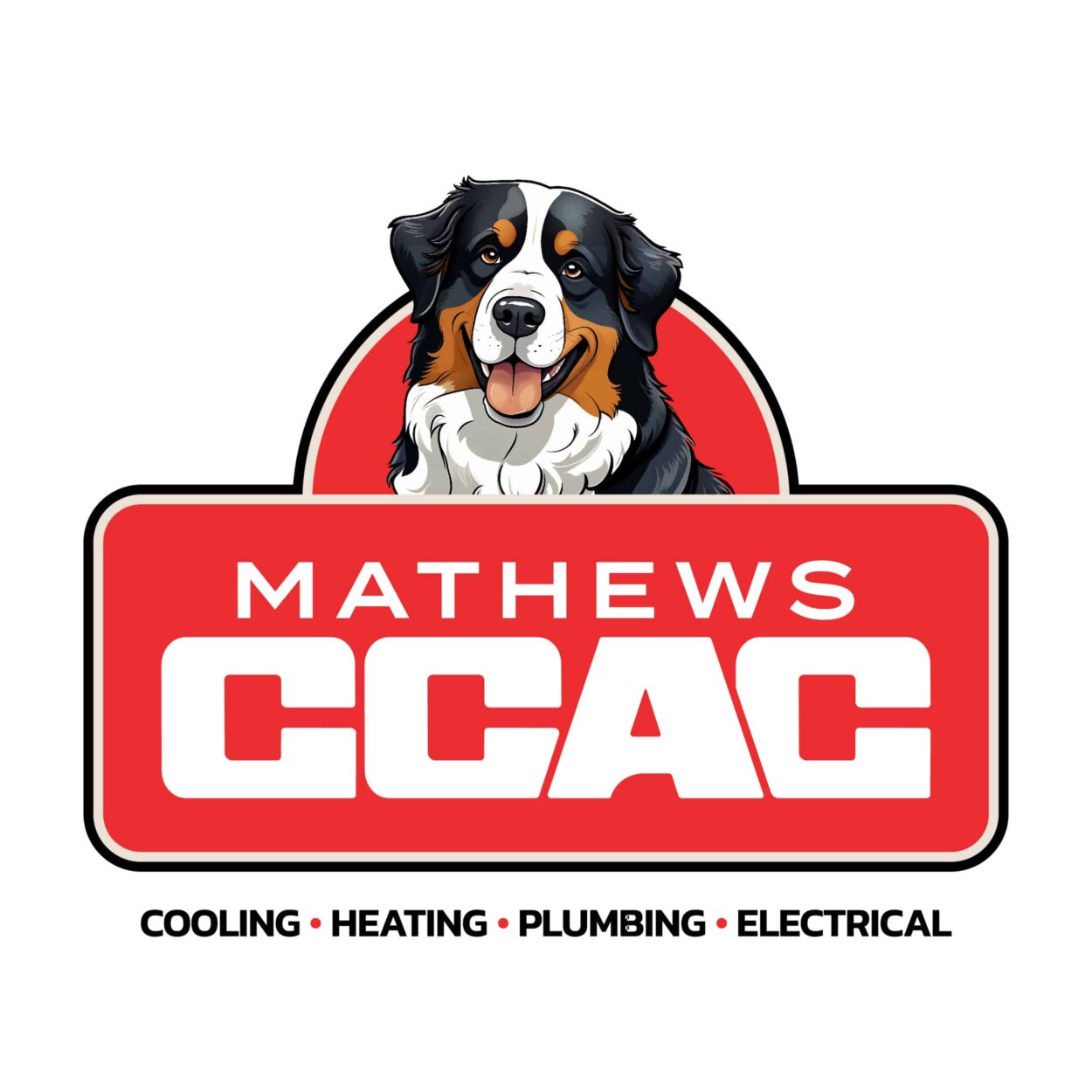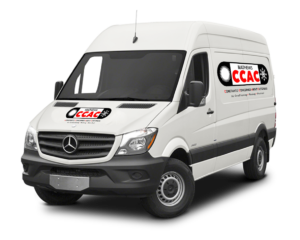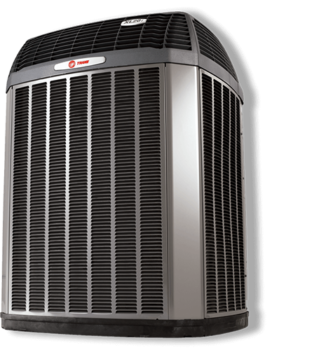Conditions in the indoor environment cause certain effects on hardwood floors. The main elements in this interaction are humidity and temperature. Your heating and cooling system components can be an important factor in preserving the beauty and durability of natural wood.
Here are some ways HVAC makes a difference:
High Humidity
Optimum conditions for wood floors include indoor relative humidity in the range between 30% and 50%. When humidity exceeds that limit, damp air can cause wood to swell. Hardwood flooring boards may become distorted and damage including buckling and cracking may occur as boards expand against each other. To limit excess humidity’s effects on hardwood floors:
- Air conditioners dehumidify indoor air as part of the cooling process. Make sure your central A/C is functioning up to specifications. Change the filter regularly and get annual preventive maintenance by a qualified HVAC contractor.
- Consider adding a whole-house dehumidifier. Mounted inside the home’s HVAC ductwork, a whole-house unit dehumidifies all airflow circulating throughout the house to meet specific humidity settings on the humidistat.
Low Humidity
Winter conditions are often dry. When indoor water vapor drops below 30%, shrinkage may affect wood flooring. Gaps may appear laterally between boards or at the end of boards. Dry wood also warps, becomes brittle and may split or splinter.
Supplement indoor humidity with a whole-house humidifier that continuously senses indoor levels and adds water vapor to the airflow through system ducts. Alternatively, single-room humidifiers can be utilized in specific indoor spaces where hardwood flooring is installed.
Temperature Control
Unstable indoor temperatures can exacerbate humidity’s effects on hardwood floors.
- Be alert to cold or hot drafts. Seal structural gaps that allow infiltration of unconditioned outdoor air.
- Identify specific hot or cold spots such as areas near HVAC vents or areas where flooring is affected by the temperature of exterior walls.
- Make sure household insulation meets current standards.
- In homes with a crawl space, consider insulating the underside of the subfloor to control temperatures affecting wood flooring above.
For more information about controlling humidity and temperature effects on hardwood floors in your home, contact the pros at CCAC.












